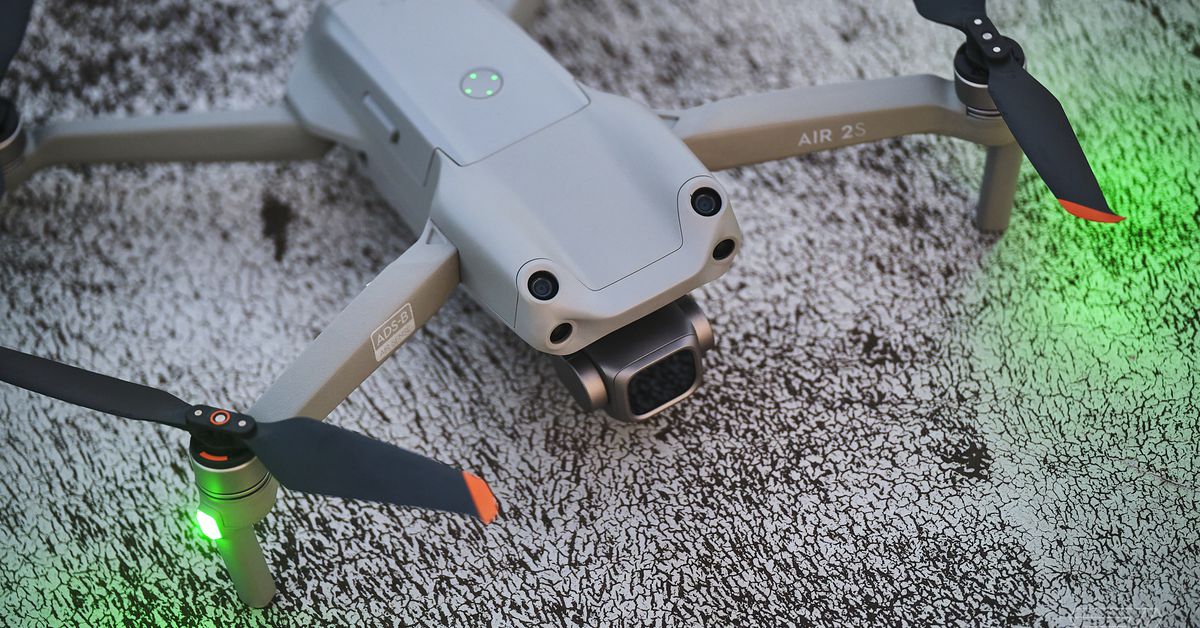
The AeroScope system was quietly discontinued by DJI
Reverse Engineering the Radio Signals of DJI Drones: Identifying and Tracking UAVs with a Remote Identifier
In San Diego this week, researchers from the Ruhr University Bochum and the Helmholtz center for Information Security showed that they were able to reverse engineer the radio signals of drones. By deconstructing this signal, the researchers could see that every DJI drone’s DroneID communications transmit not only its own GPS location and a unique identifier for that drone, but also the GPS coordinates of its operator.
There are probably two reasons why DJI decided to stop producing AeroScope, said Brendan Schulman, the former vice president of policy. It does not make sense to continue supporting a feature that was created to assist US security interests when being constantly attacked by US security agencies and the Federal Aviation Administration implemented Remote ID.
Just days before AeroScope’s apparent discontinuation came to light, a report from Wired revealed that researchers have created a tool that receives signals from DJI drones through more affordable third-party devices, letting them pick up on the GPS locations of the device and its pilot without the need for an AeroScope system. The engineers working on the project have only tested their tool with drones of 15 to 25 feet away, but believe they can track drones from even further away with more testing.
While the product was originally intended for use by law enforcement or other government agencies to monitor drones flying in potentially dangerous areas (like around an airport runway) and to track down their pilots, the technology became a cause for concern in the midst of the war between Russia and Ukraine.
Last year, Ukrainian Vice Prime Minister Mykhailo Fedorov blamed DJI for “helping Russia to kill the Ukrainians,” as Russian soldiers allegedly used the company’s AeroScope receivers to find and attack Ukrainian drone operators with aerial strikes. To make matters worse, the signals broadcasted by DJI drones aren’t encrypted — even though DJI initially told The Verge they were — allowing other kinds of receivers to pick them up. DJI ended up blocking shipments to both Russia and Ukraine over concerns about the weaponization of its products last year, and also discontinued the portable version of its AeroScope system months later.
This is the upcoming standard that the FAA, law enforcement, and other agencies will use to detect and track “most drones operating in US airspace,” giving them information about the drone’s identity, location, altitude, take-off location, control station location, and more.
Starting on September 16th, 2023, most drone operators in the US will only be able to fly aircraft with built-in remote broadcast capabilities or a retrofitted remote ID broadcast module — essentially what DJI has already been doing with its newer drones and AeroScope. The only time drone operators can use a device that doesn’t emit remote ID signals is if they’re flying in FAA-recognized identified areas.

